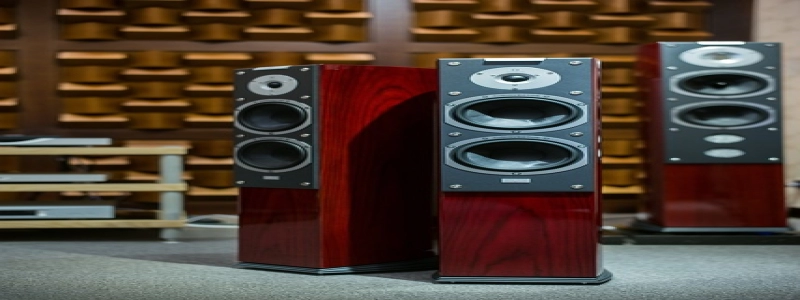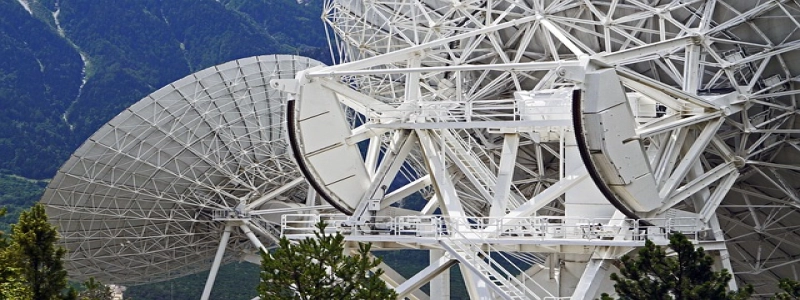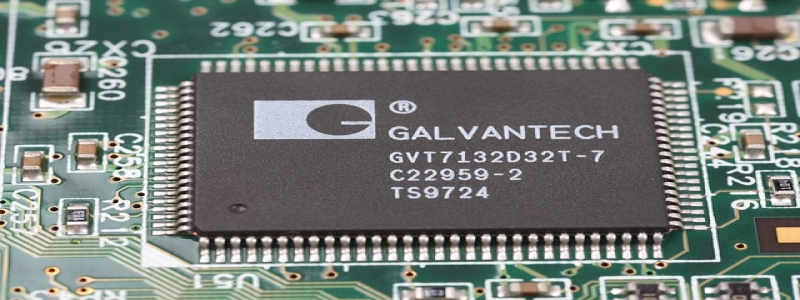RF Power Attenuator
1. Introduction:
1.1 What is an RF Power Attenuator?
1.2 Importance of RF Power Attenuator in Radio Frequency Systems
2. Types of RF Power Attenuators:
2.1 Fixed Attenuators
2.1.1 Pad Attenuators
2.1.2 Inline Attenuators
2.2 Variable Attenuators
2.2.1 Step Attenuators
2.2.2 Continuously Variable Attenuators
3. Working Principle of RF Power Attenuator:
3.1 Attenuation Mechanism
3.2 Power Dissipation
4. Applications of RF Power Attenuators:
4.1 Signal Level Adjustment
4.2 Signal Testing and Measurement
4.3 Reducing Interference and Signal Distortion
5. Selection Criteria for RF Power Attenuators:
5.1 Frequency Range
5.2 Attenuation Range and Accuracy
5.3 Power Handling Capacity
5.4 Impedance Matching
6. Installation and Best Practices:
6.1 Placement and Connection Guidelines
6.2 Cooling and Heat Dissipation
6.3 Regular Maintenance and Troubleshooting
7. Conclusion:
7.1 Importance and Benefits of RF Power Attenuators
7.2 Future Developments and Advancements in RF Power Attenuation Technology
1. Introduction:
1.1 What is an RF Power Attenuator?
An RF Power Attenuator is an electronic device used to reduce the power of an electrical signal in a radio frequency (RF) system. It helps in controlling the signal strength and preventing overload or distortion in the system components.
1.2 Importance of RF Power Attenuator in Radio Frequency Systems
In RF systems, it is crucial to maintain the signal levels within a specific range to ensure optimal performance and prevent damage to the equipment. RF Power Attenuators play a vital role in achieving this by attenuating the signal power without distorting the waveform.
2. Types of RF Power Attenuators:
2.1 Fixed Attenuators:
Fixed Attenuators have a fixed value of attenuation and are commonly used in RF systems for consistent signal reduction. There are two main types of fixed attenuators:
2.1.1 Pad Attenuators:
Pad attenuators are simple resistive devices that use a network of resistors to achieve the desired attenuation. They are commonly used in applications where a constant and fixed attenuation value is required.
2.1.2 Inline Attenuators:
Inline attenuators are inserted in series with the signal path and provide fixed attenuation. They are typically used in systems where minimal signal disruption is desired.
2.2 Variable Attenuators:
Variable Attenuators allow adjustable attenuation levels, giving greater flexibility in signal control. They are mainly used in applications where signal levels need to be adjusted frequently. There are two main types of variable attenuators:
2.2.1 Step Attenuators:
Step attenuators provide discrete levels of attenuation, usually in step increments. These attenuators offer precise control over the signal strength and are commonly used in testing and measurement applications.
2.2.2 Continuously Variable Attenuators:
Continuously variable attenuators allow smooth adjustment of attenuation levels within a specified range. They are widely used in research, development, and communication applications.
3. Working Principle of RF Power Attenuator:
3.1 Attenuation Mechanism:
RF Power Attenuators work by dissipating a portion of the input power as heat. This can be achieved through various techniques, such as resistive networks, voltage-controlled attenuators, or variable capacitors. The attenuator configuration determines the precise method of attenuation.
3.2 Power Dissipation:
When the electrical signal passes through the attenuator, a portion of the power is converted into heat. It is crucial to consider the power handling capacity of the attenuator to prevent overheating or damage to the device. Proper heat dissipation methods should be implemented to ensure the longevity of the attenuator.
4. Applications of RF Power Attenuators:
4.1 Signal Level Adjustment:
RF Power Attenuators are extensively used to adjust the signal level in RF systems. They enable precise control over the signal strength, ensuring optimal performance and preventing signal distortion.
4.2 Signal Testing and Measurement:
In testing and measurement applications, RF Power Attenuators are used to simulate various signal strengths. This allows accurate evaluation of the system’s performance under different signal conditions.
4.3 Reducing Interference and Signal Distortion:
In complex RF systems, signal interference and distortion can occur due to excessive signal power. RF Power Attenuators help in reducing these issues by attenuating the signal power and maintaining it within the appropriate range.
5. Selection Criteria for RF Power Attenuators:
5.1 Frequency Range:
It is essential to select an attenuator that supports the required frequency range of the RF system. Attenuators should be chosen based on their compatibility with the system’s frequency range.
5.2 Attenuation Range and Accuracy:
The required attenuation range and accuracy should be considered while selecting an RF Power Attenuator. Different applications may have specific requirements for signal reduction, and the attenuator should meet those criteria.
5.3 Power Handling Capacity:
The power handling capacity of the attenuator must match or exceed the maximum power it will encounter in the system. Selecting an attenuator with a suitable power rating prevents overheating or damage to the device.
5.4 Impedance Matching:
Impedance matching ensures the efficient transfer of signals between system components. Attenuators with proper impedance matching characteristics should be selected to maintain optimal signal integrity.
6. Installation and Best Practices:
6.1 Placement and Connection Guidelines:
Attenuators should be placed in an easily accessible location and connected securely to avoid signal loss or interruptions. Proper grounding and shielding techniques should be followed to minimize interference.
6.2 Cooling and Heat Dissipation:
Attenuators generate heat during operation, and appropriate cooling measures should be taken to prevent overheating. Adequate ventilation or the use of heat sinks can help dissipate the excess heat.
6.3 Regular Maintenance and Troubleshooting:
Regular maintenance of RF Power Attenuators helps identify any issues or deteriorations in their performance. Troubleshooting techniques can be employed to rectify any problems and ensure the attenuators continue to function optimally.
7. Conclusion:
7.1 Importance and Benefits of RF Power Attenuators:
RF Power Attenuators are crucial components in radio frequency systems, providing control over signal strength and preventing signal distortion. They enable efficient signal adjustment, testing, and measurement, while also reducing interference and improving overall system performance.
7.2 Future Developments and Advancements in RF Power Attenuation Technology:
With the continuous advancements in radio frequency technology, RF Power Attenuators are expected to evolve further. This includes improvements in attenuation range, accuracy, power handling capacity, and integration with other system components. The future will likely see more compact, efficient, and versatile RF Power Attenuators for a wide range of applications.








